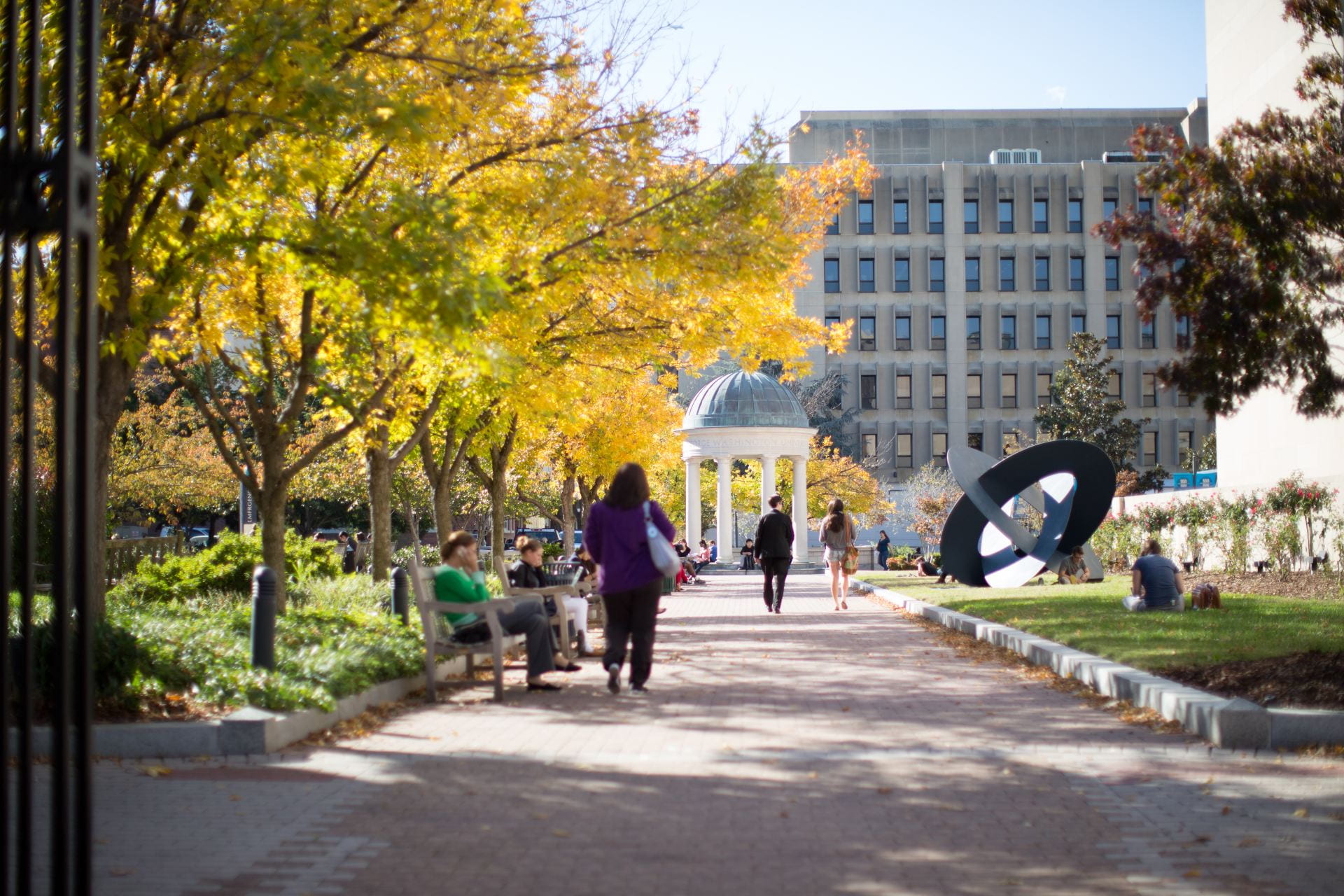GWII Investment Framework, BMPB, Business, Management, Price vs. Valuation, and Balance Sheet,
GWII BMPB – Price vs. Valuation
Is the process for valuing a company an art, a science, or some combination? We don’t know. Our focus is to make it more of a science and that is a constant work in progress. Additionally our aim is to simplify as much as possible, as Albert Einstein said, “Everything should be made as simple as possible, but no simpler.”
In line with Mr. Einstein’s premise, let’s use Apple (AAPL) as our example case for valuing a company. Apple is also fitting because it is the largest portfolio position in both our GW Investment Institute Ramsey Student Investment Fund and Phillips Student Investment Fund. Further, I’m guessing people have heard of Apple.
For the Price vs. Valuation component finding the current price of a company’s stock is quite easy. You can find a company’s current price in a variety of different places, for example: on the exchange where they trade, Apple trades on the Nasdaq; your online broker (if you have one); or google finance; enter the company’s ticker, Apple’s ticker is (AAPL), and voilà. Apple’s share price as of March 19, 2021 is ~$120. To arrive at the market capitalization (total market value), often referred to as market cap take the current share price and multiply by the company’s total number of shares outstanding, in this case Apple has ~16.8 billion shares outstanding, hence, $120 (price per share) x 16.8 billion (shares outstanding) = ~$2 trillion market cap for Apple. That’s what the collective wisdom of the market says that Apple is worth at the moment. When you’re evaluating price vs. valuation as an analyst it is your job to say if you agree or disagree with this market valuation, and why. The value you determine for a company independent of the market is its intrinsic value. Hence if your research and analysis for Apple produces a $3 trillion valuation – that’s its intrinsic value, according to you, that would mean that the market is undervaluing Apple; market cap = $2 trillion vs. your intrinsic value of $3 trillion. This would signal a buy or a hold if you already own shares. Where there is a disconnect there is a potential opportunity, on both sides of this coin.
How do you establish the intrinsic value? There are different metrics and techniques to establish the intrinsic value. For example, price to earning (P/E), price to book (P/B), price to tangible book (P/TB), price to sales (P/S), EV/EBITDA, PEG ratio, comps, Discounted Cash Flow (DCF), and Dividend Discount Model.Again, to simplify we’ll use one metric to start, the Price to Earning ratio or P/E ratio. This is one of the most straightforward metrics to use for valuation and note it works as a better measure for an established company versus an early stage or rapid growth company.
If you have access to Morningstar online through your local library for example I recommend to use their reports to get started. You can also use the free version online, I will use the data from there for the following P/E examples. You may perform these calculations on your own using the source company data in the company’s 10-Qs and 10-Ks filed with the SEC.
Using the data for Apple on Morningstar.com as of March 18, 2021, under the valuation tab the forward P/E is 28.0x whereas the forward P/E for the S&P 500 is 21.7x (the average valuation for one of the largest 500 listed companies). Apple’s valuation is higher than the market average. If you think Apple is an above average company then the relative valuation seems appropriate to start, how much higher then is the open question? Generally, higher quality businesses will have higher valuations. “It’s far better to buy a wonderful company at a fair price than a fair company at a wonderful price.” – Warren Buffett.
If you think Apple will continue to drive new sales, for example from its M1 chip, and it is a far above average business then maybe it’s undervalued. If you think Apple’s product line is not going anywhere and sales are going to plateau or even decline then you are starting to make the argument that it’s overvalued. If you think Apple will continue on its same trajectory (ceteris paribus), maybe it’s fairly valued. Remember our aim is to be as rigorous as possible, however, knowing that we cannot reliably predict the future. Therefore we would like to have some margin of safety between our intrinsic value and the current market value.
There are literally volumes written about valuation so one blog post will not cover all facets, we’re just starting to scratch the surface, hence to be continued. The next time we review valuation we’ll keep Apple as our example. Our GWII Investment Framework series will continue and our next post will be about the Balance Sheet component.
Rodney E. Lake
March 22, 2021








